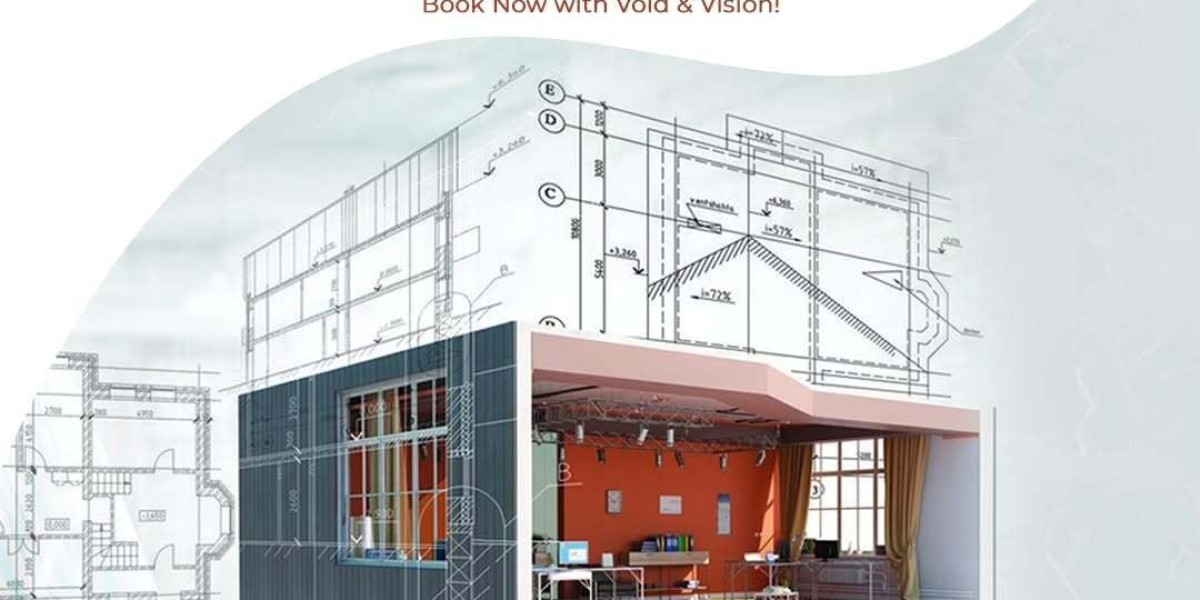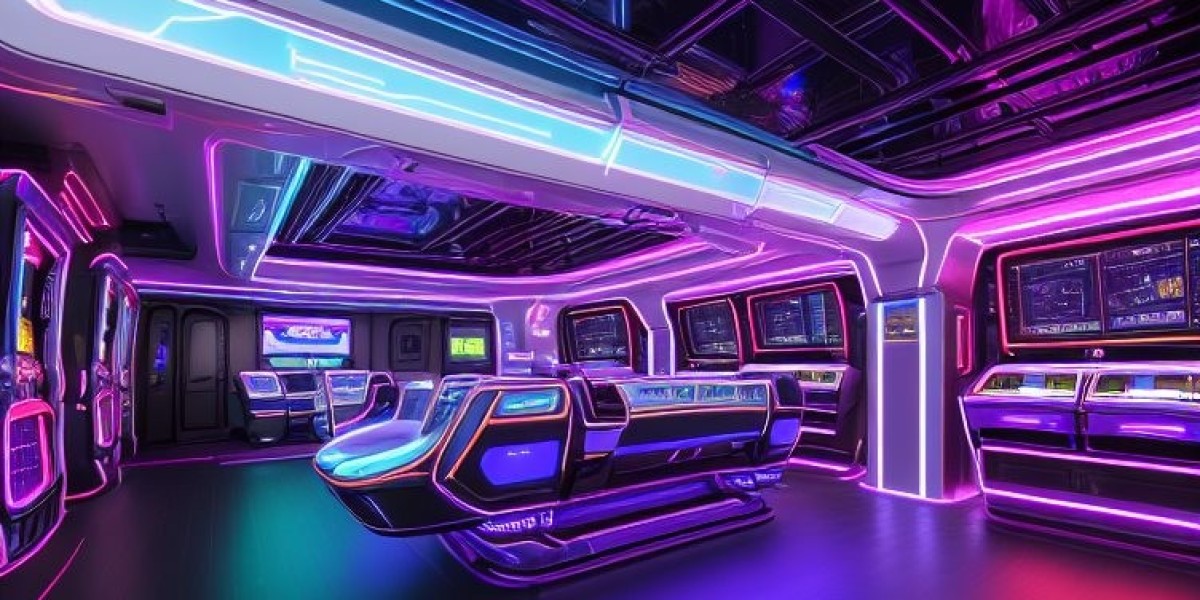Dehradun is changing. What once was a quiet hill-station-with-a-capital-city-vibe has become a place where people want to live, work, and invest. Roadways are getting smarter, educational institutions are expanding, and new commercial and residential clusters are reshaping the skyline. At the heart of this transformation are the teams who design, plan, and build — the construction contractors who turn plans into places people actually use. Among them, Void & Vision has become a name closely associated with reliable execution, thoughtful design, and future-ready infrastructure across Dehradun.
This article explores how Void & Vision contributes to Dehradun’s growth, what “building for the future” means in a Himalayan foothills city, and why choosing experienced Construction Contractors in Dehradun matters for long-term, resilient development.
Dehradun’s Infrastructure Moment
Dehradun sits at an interesting crossroads: it must preserve its natural setting while supporting a growing population and modern needs. That balance creates unique challenges:
Roads and transport need to expand without eroding hillsides.
Public buildings and schools must be earthquake-resilient.
Utilities — water, sewage, power — require upscaling to support denser neighborhoods.
New commercial spaces need to be flexible for changing business models.
Successful infrastructure in Dehradun therefore depends on builders who combine technical knowledge, local climate awareness, and a willingness to innovate. Void & Vision approaches these challenges not as isolated construction problems but as opportunities to create infrastructure that lasts, performs, and respects context.
What “Building for the Future” Looks Like
When Void & Vision talks about future-ready infrastructure, they mean design and construction choices that deliver value over decades rather than months. Practically, this shows up in several ways:
1. Resilient structural design. Dehradun falls in a seismic zone; that reality drives engineers at Void & Vision to follow strict structural practices — reinforced foundations, appropriate material grades, and thorough site-specific soil testing. This reduces repair costs and enhances safety over the life of a building.
2. Sustainable resource management. Future infrastructure must be smart about resources. Void & Vision designs rainwater harvesting, efficient drainage, and water-conserving plumbing into projects. For new residential and commercial complexes, they recommend passive cooling strategies and building envelopes that reduce energy loads.
3. Scalable utilities and flexible spaces. Infrastructure should adapt. Void & Vision plans utility corridors, modular services, and flexible floor plates so buildings can be reconfigured as needs change — for instance, converting commercial floors into co-working spaces or adapting retail into community services.
4. Climate-appropriate material use. Local materials and finishes that respond well to Dehradun’s humid-winter and mild-summer climate are prioritized. This reduces lifecycle costs and visual discord with the city’s character.
Taken together, these practices help Void & Vision build projects that are safer, greener, and ready for evolving uses — the cornerstone of any long-term infrastructure strategy.
Projects that Demonstrate Impact
Void & Vision’s portfolio spans residential neighborhoods, institutional buildings, and commercial developments. What they share is a pattern: careful site analysis, integrated design thinking, and disciplined delivery. A few project types highlight their role in Dehradun’s growth:
Educational campuses: Schools and academies require safety, accessibility, and healthy indoor environments. Void & Vision works with educators to design classrooms, laboratories, and hostel blocks that prioritize ventilation, daylighting, and future expansion.
Residential townships: These go beyond individual houses. Void & Vision plans community amenities, internal road networks, and stormwater management so neighborhoods function smoothly and age well.
Commercial buildings: From small multi-tenant retail centers to mid-rise offices, Void & Vision focuses on efficient floor plates, service access, and energy-conscious systems to keep operational costs lower for occupants.
Public infrastructure partnerships: Working with municipal bodies or private-public collaborations, they contribute construction expertise that considers maintenance, longevity, and local regulations.
Each project reinforces Void & Vision’s reputation among Construction Contractors in Dehradun as a partner that understands both the technical and human sides of infrastructure development.
Also Read - Top Building Design Trends of 2025
The Process: How Void & Vision Delivers Future-Ready Work
Building future-proof infrastructure is not an accident — it’s a process. Void & Vision follows a disciplined, client-focused workflow that reduces surprises and improves outcomes:
Site & feasibility analysis: They start with soil tests, drainage studies, and microclimate checks to inform design decisions.
Integrated design: Architects, structural engineers, and MEP (mechanical, electrical, plumbing) teams collaborate early so systems are coordinated rather than patched together later.
Client workshops: Stakeholder input is captured through workshops so functional needs and local aspirations are baked into the design.
Transparent costing & phasing: Clear cost estimates and construction phases prevent budget creep and allow clients to prioritize.
Quality-controlled execution: Regular inspections, third-party testing where needed, and documented quality checks keep construction standards high.
Post-handover support: Practical operation manuals and warranty commitments help buildings perform well after completion.
This systematized approach is why many people searching for reliable Construction Contractors in Dehradun choose Void & Vision — they deliver both predictability and care.
Why Local Expertise Matters
There’s a difference between a generic builder and a locally grounded contractor. Dehradun has distinct topography, monsoon patterns, and regulatory frameworks. Void & Vision’s local experience translates into:
Better site layout to manage run-off and erosion.
Mature supplier relationships that reduce lead times and material waste.
Knowledge of municipal approval processes to avoid delays.
Design sensitivities that preserve the city’s visual and environmental character.
In short: local expertise reduces risk and creates better long-term outcomes for clients and communities.
Challenges and How Void & Vision Responds
No growth is without friction. Void & Vision faces several recurring challenges and addresses them proactively:
Land-use conflicts and approvals: They work closely with planners and authorities to align projects with zoning and environmental norms.
Skilled labor shortages: By investing in local training and supervising trades closely, they maintain workmanship standards.
Supply-chain variability: Strategic procurement and bulk contracts mitigate sudden material shortages or cost spikes.
Community concerns: Early engagement with neighbors and stakeholders reduces resistance and builds goodwill.
Addressing these operational realities is part of what makes Void & Vision a dependable partner among Construction Contractors in Dehradun.
People First: The Human Side of Infrastructure
Beyond technical competence, Void & Vision emphasizes human-centered design. Schools, clinics, marketplaces, and homes should feel welcoming and age-friendly. They consult users — parents, business owners, future residents — to ensure spaces are accessible and comfortable. This human-centric lens is what turns projects from mere buildings into lasting civic assets.
Looking Ahead: Dehradun in the Next Decade
As Dehradun continues to grow, future infrastructure will need to be more resilient, energy-conscious, and community-oriented. Void & Vision’s priorities — safety, sustainability, flexibility, and local sensitivity — align well with this trajectory. By investing in better construction practices today, they help the city avoid costly retrofits tomorrow.
For developers, institutions, and homeowners, partnering with experienced Construction Contractors in Dehradun like Void & Vision means choosing durability and foresight over short-term savings.
Conclusion
Building for the future in Dehradun requires more than ambition — it requires partners who know the terrain, the rules, and the people. Void & Vision combines technical rigor with a local understanding and a human-first philosophy. Their work in Dehradun’s residential, commercial, and institutional spaces is a practical reflection of what future-ready infrastructure looks like: safe, adaptable, and designed to serve communities for generations.
If you’re considering a project in Dehradun and want a partner who treats infrastructure as an investment in the city’s future, exploring Void & Vision’s work is a smart first step.
Frequently Asked Questions (FAQs)
1. What kinds of projects does Void & Vision handle in Dehradun?
Void & Vision works on residential developments, educational campuses, commercial complexes, renovation projects, and public-private infrastructure initiatives. They emphasize safety, sustainability, and long-term value.
2. Why is local expertise important when hiring construction contractors in Dehradun?
Local contractors understand the region’s geology, climate patterns, municipal procedures, and supply chains — all of which reduce construction risk and ensure more appropriate, durable designs.
3. How does Void & Vision ensure buildings are earthquake-resilient?
They conduct site-specific soil testing, follow seismic design codes, use appropriate grades of materials, and implement reinforced structural systems overseen by qualified engineers.
4. What sustainability measures does Void & Vision use?
Common measures include rainwater harvesting, energy-efficient building envelopes, passive cooling strategies, water-efficient plumbing fixtures, and the use of locally sourced, durable materials.
5. Can Void & Vision work on phased projects or large-scale master plans?
Yes. They have experience in phased construction that allows communities or campuses to expand over time while maintaining utility coordination and consistent design language.
6. How long does a typical mid-sized commercial or institutional project take to complete?
Timelines vary by complexity, but a mid-sized commercial or institutional project often ranges from 12 to 24 months, depending on approvals, site conditions, and scope.
7. How do I get in touch with Void & Vision for a project in Dehradun?
Reach out via their official contact channels to schedule a site visit and consultation. A professional contractor will walk you through feasibility, cost estimates, and suggested timelines.














